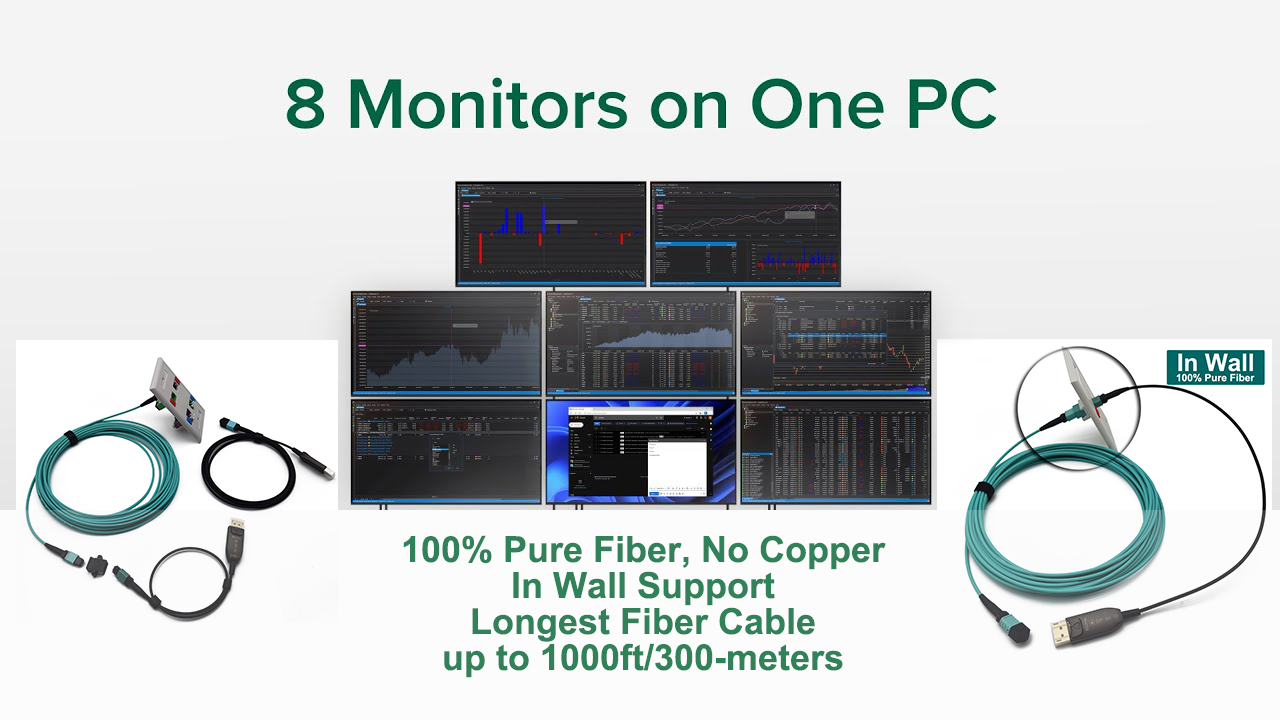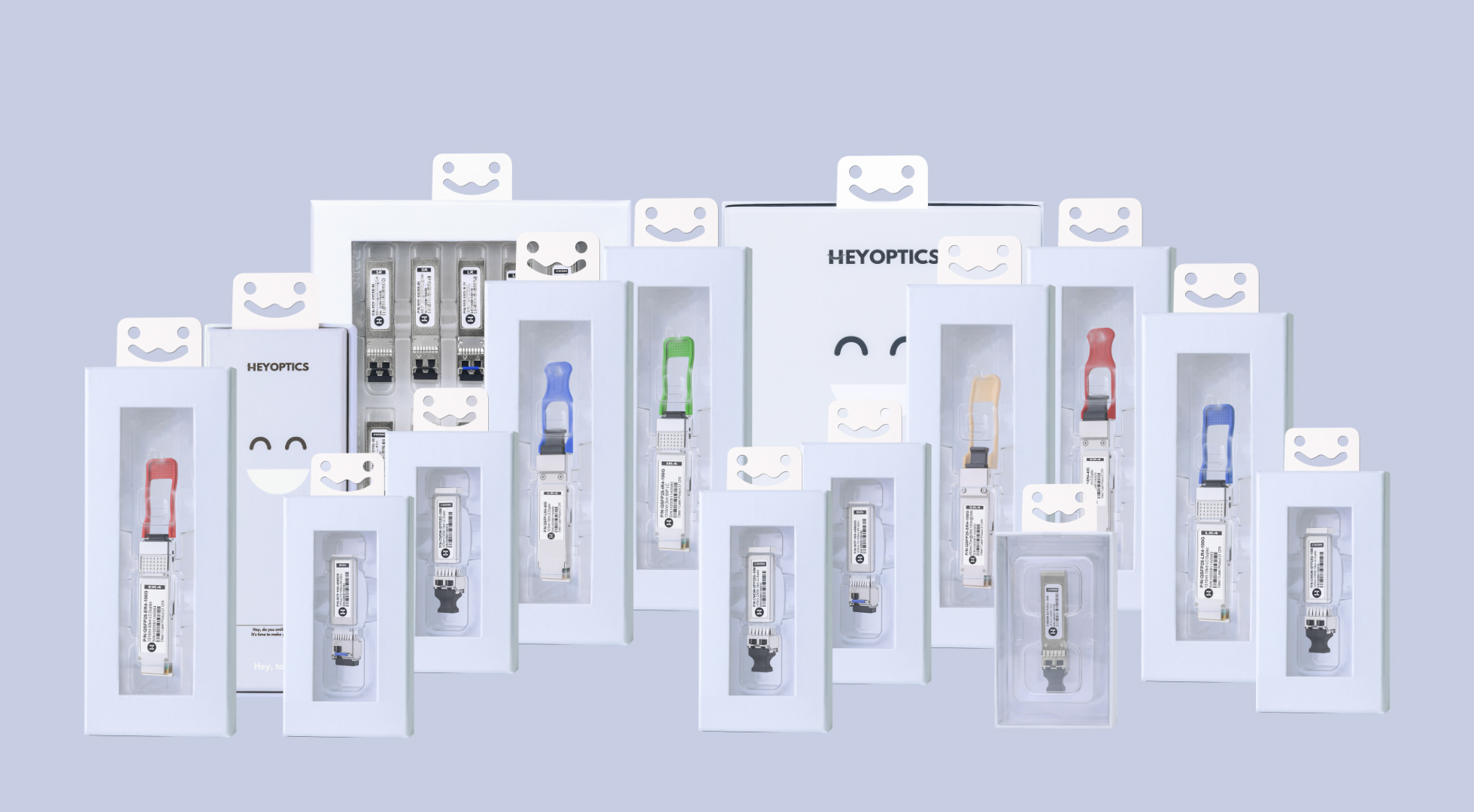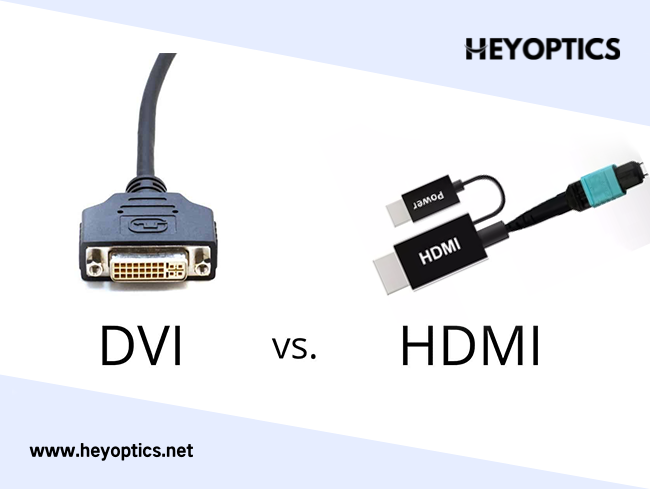PoE vs. PoE+ vs. PoE++ - Which is Best?
When looking to power devices using the same cables that provide data connections, PoE, or Power over Ethernet, is what you will most likely use. The explosion of IoT and connected devices mean that PoE switches are one of the fastest-growing segments in networking.
In the current market, if you take notice of Power over Ethernet switch types, you will find that there are PoE switches, PoE+ switches, and PoE++ switches. But how much do you know about these three PoE switch types? How do you choose between PoE vs. PoE+ vs. PoE++ to get the right hardened Ethernet switch for your purposes?
What is PoE?
PoE technology was defined by the IEEE 802.3af standard in 2003. Under this standard, the PoE allows a PD (powered device) like VoIP phones to receive up to 12.95W PoE wattage, utilizing just two out of the available four twisted pairs in Ethernet cabling.
What is PoE+?
As the name suggests, it is an advanced version of PoE technology developed and published in 2009 by the Institute of Electrical and Electronics Engineers (IEEE 802.3at standard). In many cases, power devices within the network require more PoE wattage up to 12.95, and, PoE+ is the best solution that supports a higher power consumption requirement. Like a PoE network switch, PoE+ supplies power over two pairs. But, it has an additional power class that can deliver power watts up to 25.5 with a voltage range varying from 42.5v to 57v. A PoE+ network switch can supply maximum power of 30W with a voltage range from 50v to 77v.
What is PoE++?
PoE++ network switch is the next generation of PoE+ technology. It is designed to provide power to broader device applications. It is classified into two different types – PoE++ type 3 and PoE++ type 4. Type 3 powered switches can hit 51 watts with a voltage range from 42.5v to 57v. Type 4 switches enable four twisted pairs in a copper cable to deliver power up to 71 watts. Being an upgraded version of the PoE network switch and PoE+ switch, PoE++ can hit 60 watts on each port under PoE++ type 3 and up to 100 watts under the PoE++ type 4.
PoE vs. PoE+ vs. PoE++ Switch: Which to Choose?
- One of the major differences between PoE, PoE+, and PoE++ switches is the IEEE standards. A PoE switch is designed as per 802.3af, PoE+ as per 802.3at, and PoE++ as per 802.3bt.
- Next, Ethernet cabling is an important consideration when differentiating these switches. PoE switch use two pair twisted cables, and the same goes for the PoE+ network switch. On the other hand, PoE++ uses four pairs of twisted cables.
- Differences among these switches lie in the maximum power supply delivered by each port and their working mode, which reflect on their applications. PoE switches are designed to support network devices that require a power supply of up to 15.4watts. The list includes sensors, meters, wireless access points, surveillance systems, and many more. PoE+ switches support devices such as video IP phones, wireless access points with multiple antennas, and complex surveillance cameras. PoE++ switches can support devices that need higher power wattage such as video conferencing system components and building management devices, laptops, televisions, and so on.

PoE vs PoE+ vs PoE++ - Know the Real Difference
Based on the above mentioned introduction, a reference chart that summarizes detailed specifications among PoE vs PoE+ vs PoE++ is presented below, which may be helpful when choosing the PoE switch depending on different requirements.
| PoE | PoE+ | PoE++ | ||
| IEEE Standard | IEEE 802.3af | IEEE 802.3at | IEEE 802.3bt | |
| PoE Type | Type 1 | Type 2 | Type 3 | Type 4 |
| Switch Port Power | ||||
| Max. Power Per Port | 15.4W | 30W | 60W | 100W |
| Port Voltage Range | 44–57V | 50-57V | 50-57V | 52-57V |
| Powered Device Power | ||||
| Max. Power to Device | 12.95W | 25.5W | 51W | 71W |
| Voltage Range to Device | 37-57V | 42.5-57V | 42.5-57V | 41.1-57V |
| Cables | ||||
| Twisted Pairs Used | 2-pair | 2-pair | 4-pair | 4-pair |
| Supported Cables | Cat3 or better | Cat5 or better | Cat5 or better | Cat5 or better |
PoE vs. PoE+ vs. PoE++:Example Applications
Between them, PoE switches power a wide range of devices. Here are examples of the types of devices PoE vs. PoE+ vs. PoE++ are suited for.
Standard PoE is usually effective for:
- Meters, such as those used for measuring solar energy or indoor temperatures
- Basic VOIP phones operating across public internet
- Wireless access points for small networks
- Stationary security cameras without pan, tilt, and zoom
- Switches for cameras, pool pumps, small digital signs, and basic lighting installations
- Powered audio equipment such as speakers and loudspeakers.
PoE+ with 30W output can power Type 2 devices, such as:
- IP telephones that offer fax, text messaging, and voice calls
- Home or office alarm systems
- Remote-controlled pan, tilt, and zoom (PTZ) video cameras
- Motion tracking cameras that detect and follow activity, providing an additional dimension to security systems
- Remote computer terminals, and
- Biometric sensors that collect biological characteristics used in recognition algorithms to automate identification.
PoE++ (Type 3) provides power for:
- Two-way video phone calls
- Thin client computers that connect remotely to a server-based environment
- Entry access systems such as gate or door controllers, and
- Remote patient monitoring devices, such as heart monitors, blood analyzers, ventilators, and other healthcare devices that share diagnostic information with providers.
- PoE++ (Type 4) switches are high-power PoE that can support:
- Flat screens and laptops
- Point of sale systems
- Commercial displays, and
- Digital signage.
PoE++ delivers enough power to support network devices and IoT. While the IEEE 802.3bt standard Type 4 PoE produces 90W and 73W of input power at the device, it can supply 100W of power per port if necessary. This capability allows Type 4 PoE++ to power devices such as laptops and flat screens via Cat5 cables.
Conclusion
PoE, or Power over Ethernet, is a proven time-saving and money-saving technology that delivers both data and power safely over the same Ethernet cable for the local area networks (LANs).
The growing power requirements make the PoE technology evolving from PoE to PoE+ and to PoE++. The PoE based switch has also upgraded from PoE network switch to PoE + switch, and PoE++ switch.



